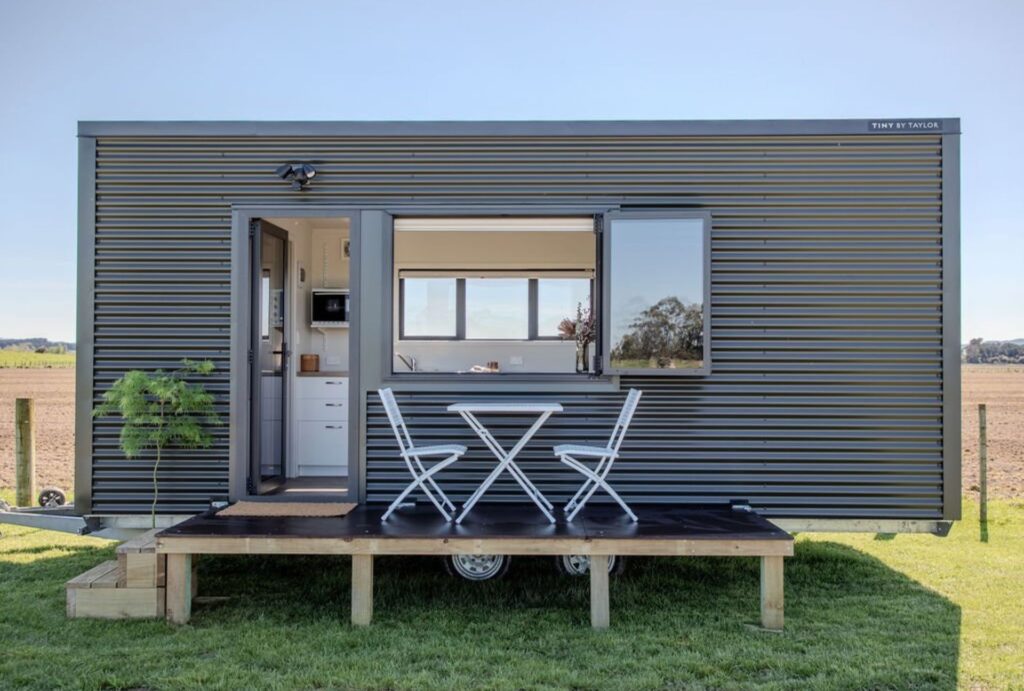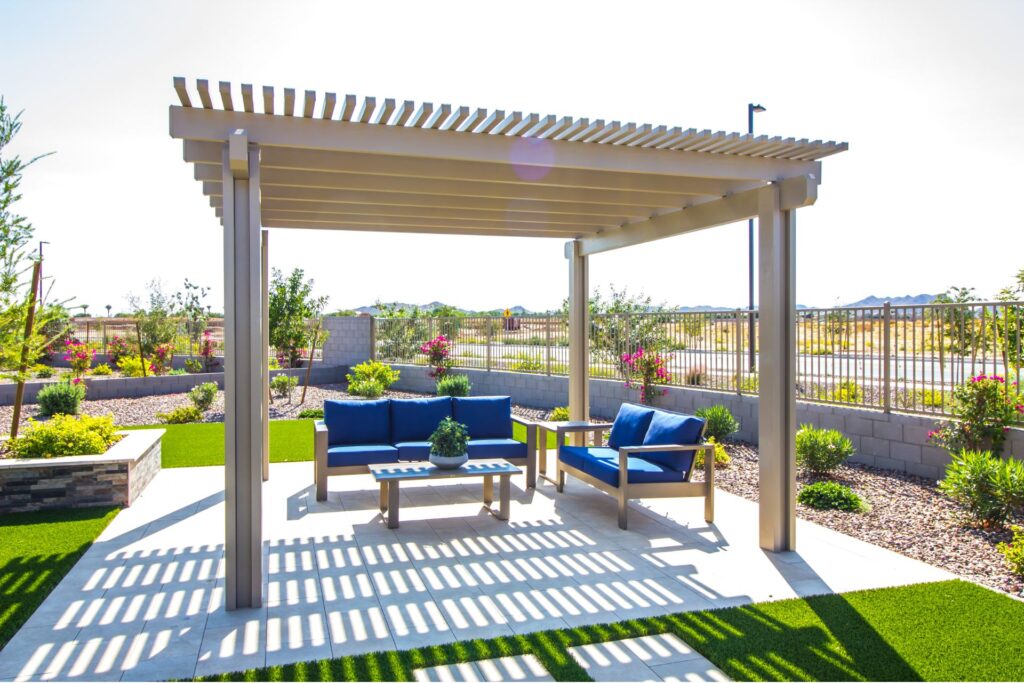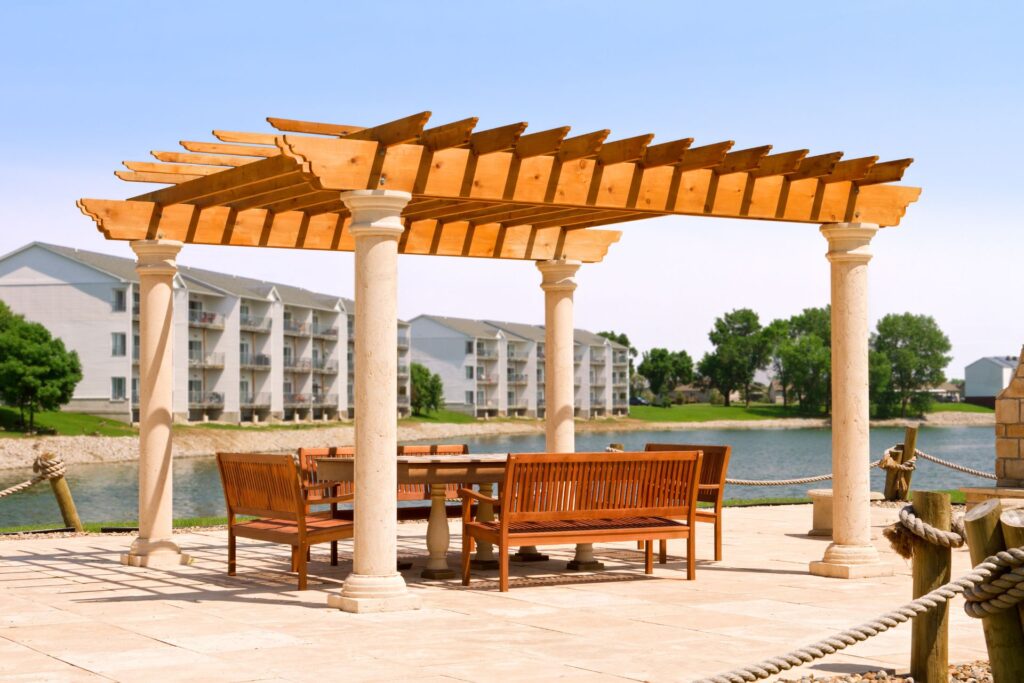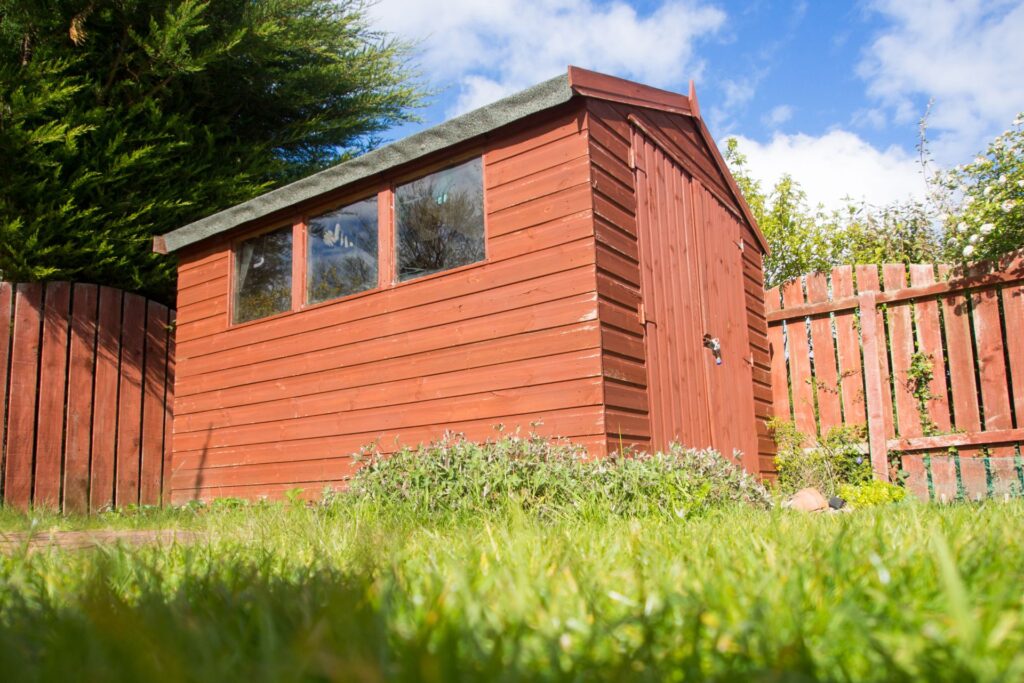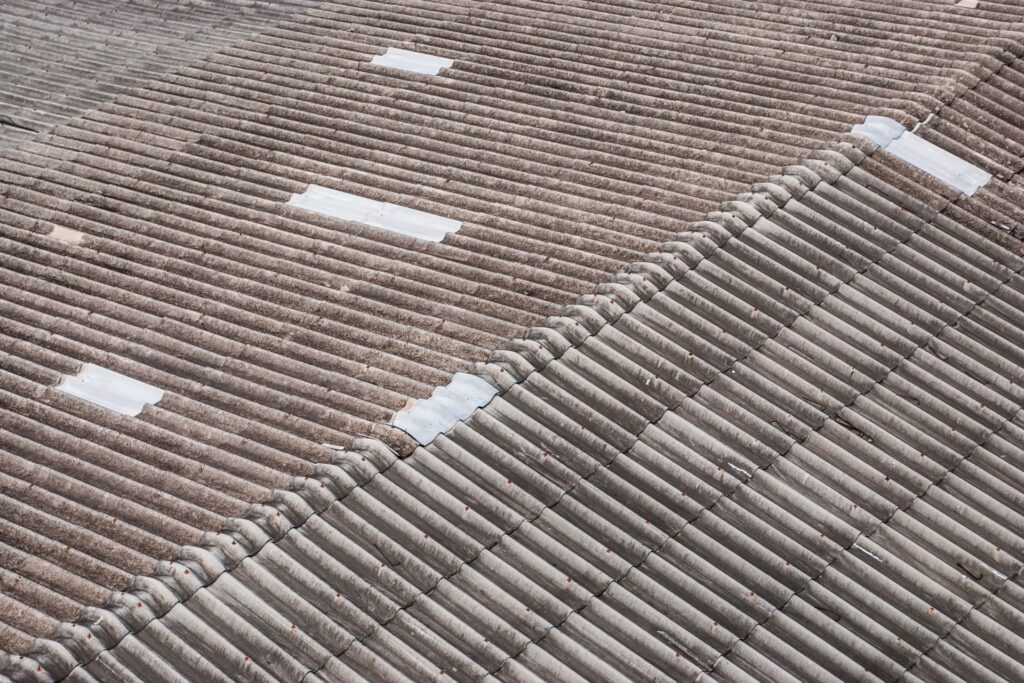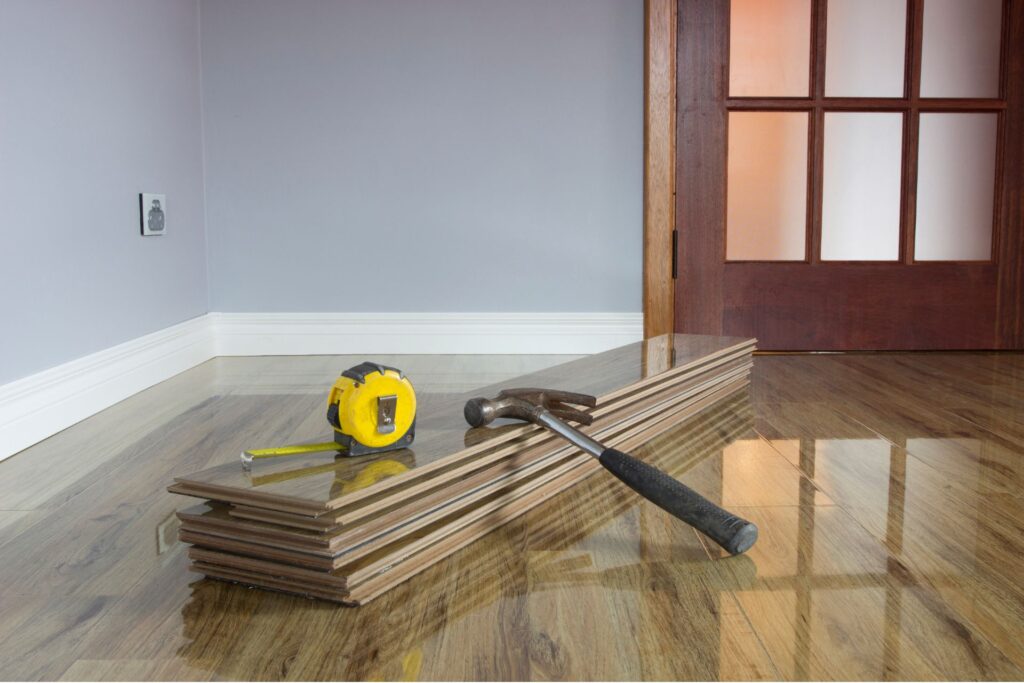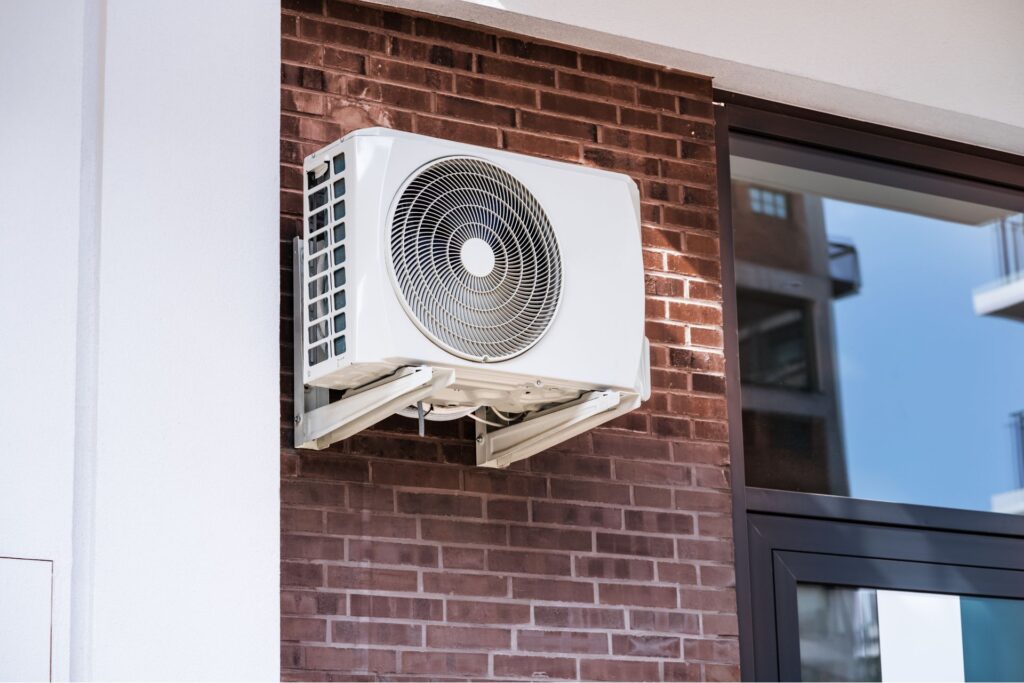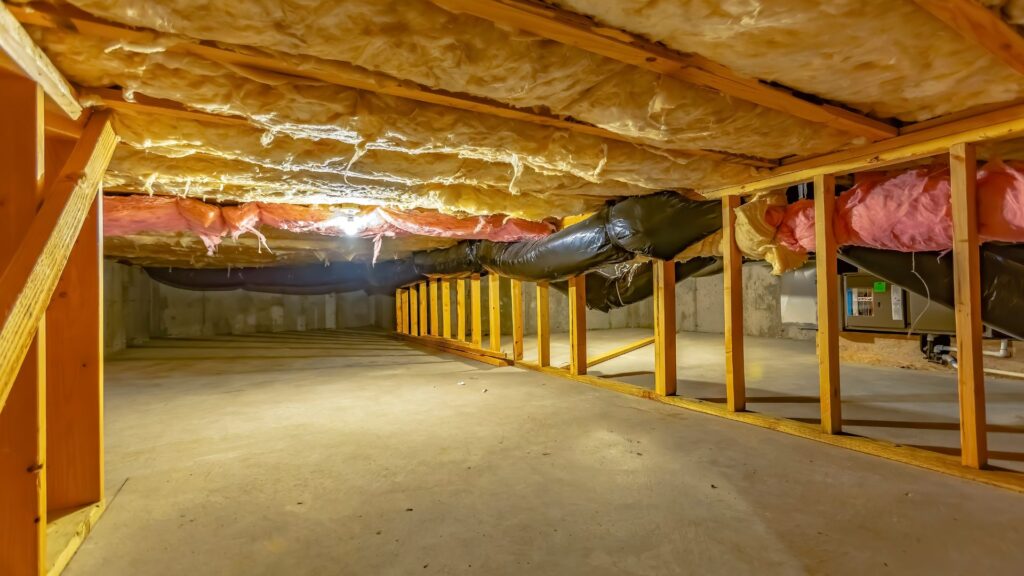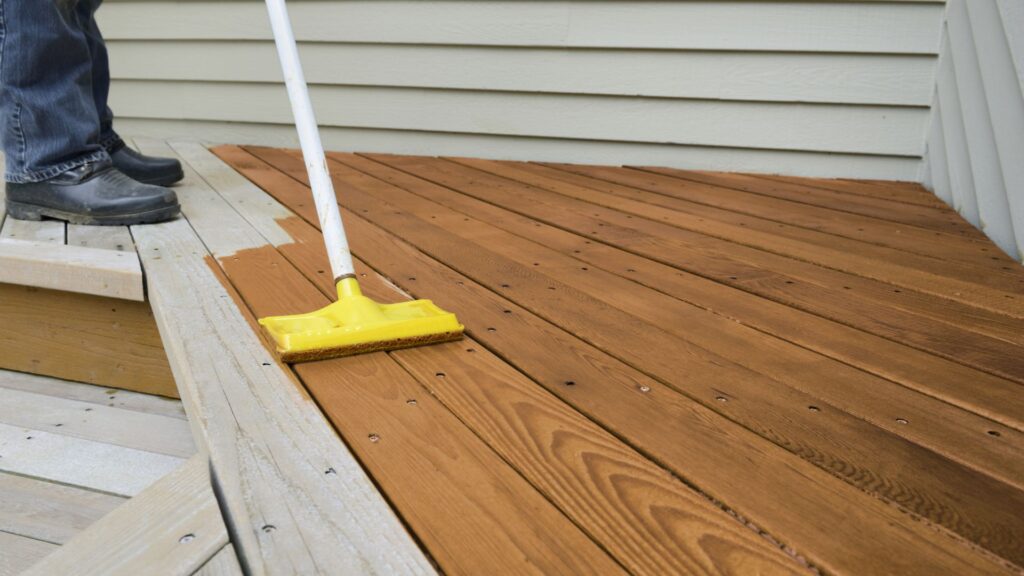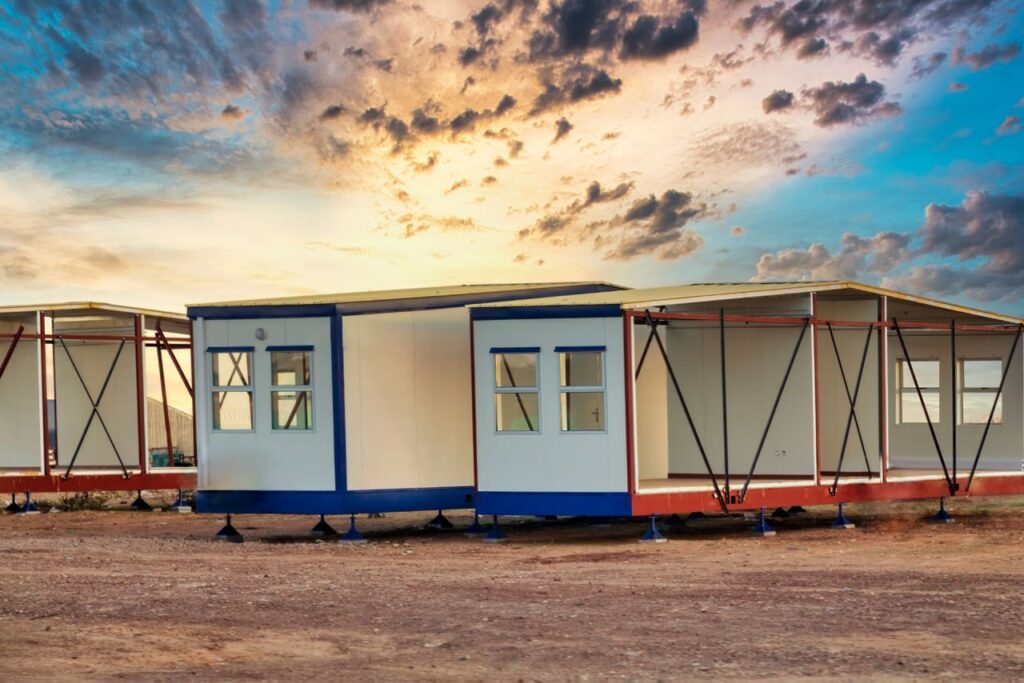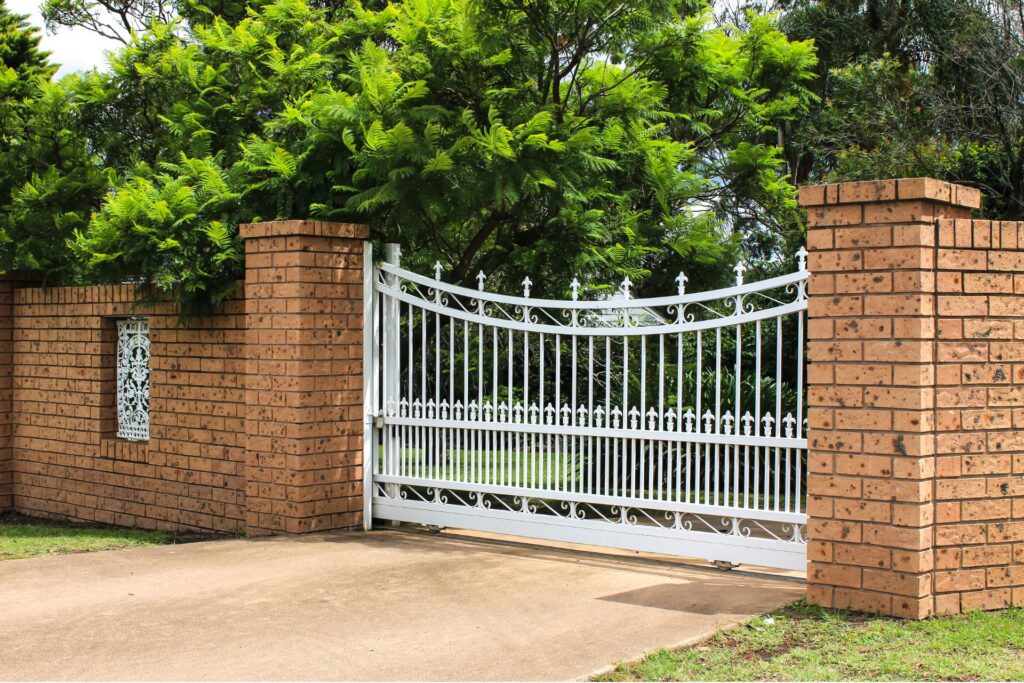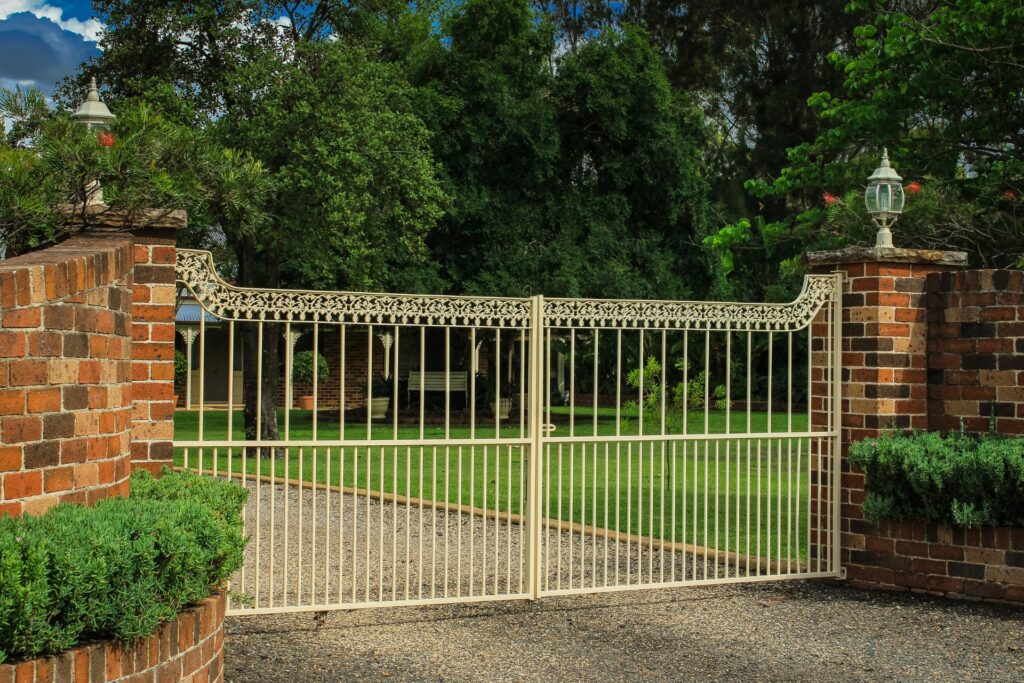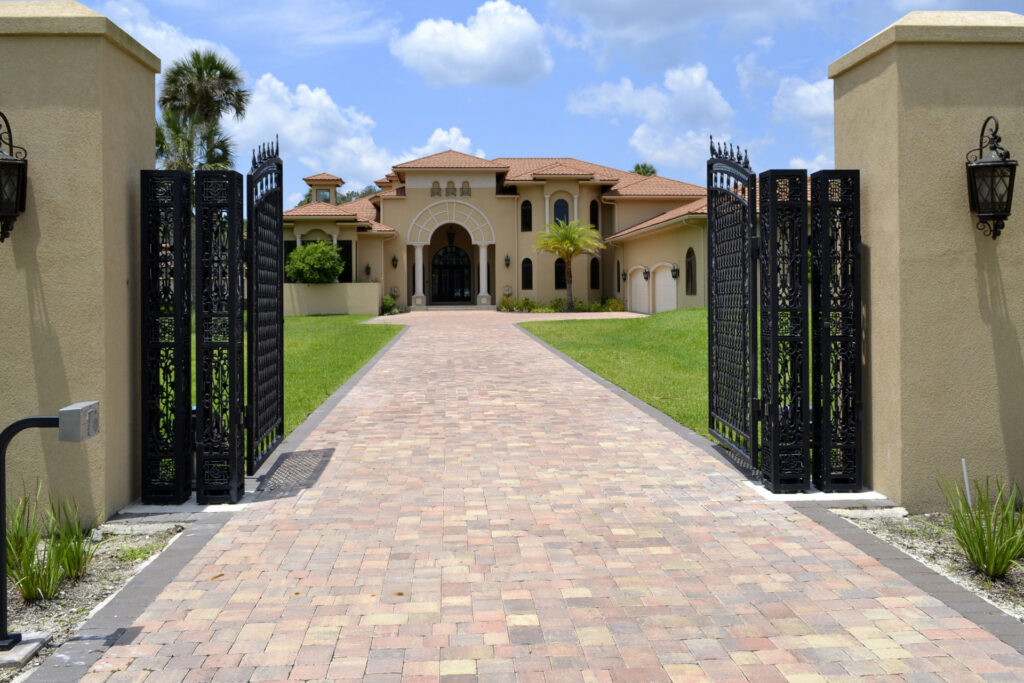Welcome to the world of transportable homes in New Zealand, where innovation meets practicality to offer affordable, flexible, and sustainable housing solutions. As the demand for efficient and customizable living spaces grows, transportable homes have become a popular choice for Kiwis seeking a modern, adaptable lifestyle. Built off-site and designed for seamless relocation, these homes are perfect for a range of needs, from urban dwellings to remote retreats. In this guide, we’ll explore everything you need to know about transportable homes in NZ, from their benefits and types to key considerations before buying, ensuring you’re well-informed to make the best decision for your future home.
Transportable homes in New Zealand are pre-built houses constructed off-site and relocated to a desired location. These homes offer a cost-effective, sustainable, and flexible housing solution, ideal for urban, rural, or remote areas. Popular options include prefabricated, modular, and container homes, all customizable to suit various needs and lifestyles. With faster construction times and portability, transportable homes are a practical choice for modern living in NZ.
- What Are Transportable Homes?
- Why Choose A Transportable Home In NZ?
- Types Of Transportable Homes In NZ
- Key Considerations Before Buying A Transportable Home
- The Process Of Buying A Transportable Home
- Pros And Cons Of Transportable Homes
- FAQs: About The Transportable Homes NZ
- Conclusion
- Find A Professional Tiny Homes Company Near You!
What Are Transportable Homes?
Transportable homes, also known as relocatable or modular homes, are innovative housing solutions designed to meet the growing demand for affordable, efficient, and flexible living spaces. Unlike traditional homes built directly on-site, transportable homes are constructed in controlled environments, such as factories or specialized facilities, and later transported to their final location. This off-site construction process ensures high quality, faster build times, and reduced waste, making them an excellent choice for homeowners in New Zealand.
Different Terms Used For Transportable Homes
When discussing transportable homes, you may come across terms like relocatable homes, modular homes, and prefabricated homes. While these terms are often used interchangeably, they have subtle distinctions.
- Relocatable Homes: These are homes specifically designed to be moved from one site to another. They are particularly useful for temporary housing needs or when flexibility in location is required.
- Modular Homes: These homes are constructed in modules or sections, which are then transported to the site and assembled. Modular homes are known for their scalability, making them suitable for both small and large designs.
- Prefabricated Homes: This is a broader term that encompasses all homes built off-site, including both modular and fully transportable homes.
Understanding these distinctions helps buyers make informed decisions based on their needs, lifestyle, and future plans.
Common Materials And Construction Methods
Transportable homes are typically built using durable, lightweight, and environmentally friendly materials to ensure they can withstand the stresses of transportation and comply with New Zealand’s building codes. Common materials include.
- Timber Frames: Popular for their strength, flexibility, and natural aesthetic appeal.
- Steel Frames: Used for added durability and resistance to weather conditions.
- Insulated Panels: These improve energy efficiency and provide excellent thermal performance.
- Cladding Options: Such as weatherboard, vinyl, or metal for exterior finishes, depending on personal preference and budget.
The construction process involves advanced techniques like precision cutting, modular assembly, and strict quality control to ensure every component is crafted to perfection.
How Are Transportable Homes Built And Delivered?
The construction of a transportable home begins in a controlled factory setting. This process allows builders to work uninterrupted by weather delays, ensuring faster and more efficient production. Once the home is fully constructed, it undergoes rigorous inspections to ensure compliance with building standards.
After construction, the home is carefully transported to its final destination. Specialized trucks or trailers are used to move the structure, often accompanied by pilot vehicles for safety. Once on-site, the home is installed onto pre-prepared foundations, which may include concrete pads, timber piles, or other stabilizing structures. Connections for utilities like plumbing, electricity, and drainage are then completed, making the home fully functional and ready for occupancy.
This off-site-to-on-site process not only minimizes disruption to the land but also provides homeowners with a streamlined, cost-effective housing solution that can be adapted to various locations, including rural and urban settings.
Why Choose Transportable Homes?
Transportable homes are more than just a housing trend; they represent a practical, sustainable, and future-proof option for homeowners. Their versatility, coupled with affordability and environmental benefits, makes them an ideal solution for anyone looking to embrace modern living in New Zealand. Whether you’re dreaming of a serene rural retreat or need a cost-effective solution for urban living, transportable homes offer a flexible and reliable option tailored to your needs.

Why Choose A Transportable Home In NZ?
Transportable homes are quickly gaining popularity in New Zealand, and it’s not hard to see why. These modern housing solutions offer a combination of affordability, adaptability, and sustainability that makes them an attractive choice for many Kiwis. Whether you’re looking for a cost-effective first home, a flexible option for a rural retreat, or a sustainable way to build without compromising on quality, transportable homes provide an ideal solution. Let’s explore the key reasons why transportable homes are a fantastic choice for modern living in NZ.
Affordability: Cost-Effective Housing Without Compromising Quality
One of the primary reasons New Zealanders are turning to transportable homes is their affordability. Compared to traditional housing, transportable homes are significantly less expensive to build and maintain. Since they are constructed in controlled environments, there are fewer delays due to weather or logistical issues, which reduces labor costs. Additionally, because they are pre-built, you avoid the unexpected expenses that can arise during on-site construction. For many Kiwis, this affordability opens the door to homeownership, making transportable homes an excellent option for first-time buyers, retirees, or those looking for a secondary dwelling.
Flexibility: Perfect For NZ’s Diverse Landscapes
New Zealand’s stunning landscapes range from urban centers to remote countryside and coastal areas, and transportable homes are uniquely suited to adapt to these diverse terrains. Whether you’re placing your home in a bustling city suburb, a rural plot, or a remote lifestyle block, transportable homes offer the flexibility to suit your needs. They can be easily customized to match the specific requirements of your land, making them an excellent choice for hard-to-reach or uneven sites where traditional construction might be challenging or cost-prohibitive.
Sustainability: Building With The Environment In Mind
Sustainability is a growing priority for New Zealanders, and transportable homes align perfectly with this value. These homes are often constructed using eco-friendly materials and modern techniques that minimize waste during the building process. Additionally, the ability to install energy-efficient features such as solar panels, double glazing, and high-quality insulation makes them an environmentally responsible choice. By choosing a transportable home, you’re not only investing in your future but also contributing to a more sustainable way of living.
Speed: Faster Construction And Installation
Transportable homes are built faster than traditional houses, which is a major advantage for those who need a home quickly. Construction is completed off-site in a factory setting, which eliminates weather-related delays and ensures a streamlined process. Once the home is ready, it is transported to your site and installed within days. This rapid timeline means you can move into your new home much sooner than with a conventional build, making transportable homes an ideal solution for people who value efficiency and speed.
Customizability: Tailored To Your Preferences
One of the standout features of transportable homes is the ability to customize them to suit your unique preferences and lifestyle. Whether you want a compact one-bedroom retreat or a spacious family home, transportable home providers in NZ offer a wide range of design options. You can choose your floor plan, finishes, fixtures, and even energy-efficient upgrades to create a home that reflects your personality and meets your needs. The ability to personalize your transportable home ensures that you don’t have to compromise on style or functionality.
Portability: Future-Proofing For Relocation
Life is unpredictable, and sometimes circumstances change. Transportable homes offer a level of flexibility that traditional homes simply can’t match. If you ever need to relocate, your transportable home can move with you. Whether it’s a career change, a desire to live closer to family, or a new lifestyle opportunity, having a home that can be easily transported provides peace of mind. This portability makes transportable homes a future-proof investment that can adapt to your evolving needs.
Choosing a transportable home in New Zealand is a smart and forward-thinking decision. With their affordability, adaptability to different terrains, eco-friendly construction, rapid build times, customizability, and portability, these homes are perfectly suited for the modern Kiwi lifestyle. Whether you’re looking for your first home, a holiday retreat, or a sustainable living option, transportable homes offer endless possibilities to make your dream home a reality.

Types Of Transportable Homes In NZ
Transportable homes in New Zealand have gained popularity for their flexibility, affordability, and efficiency. They come in a variety of styles and construction methods to suit different needs and preferences. Below, we dive into the main types of transportable homes available in NZ, highlighting their unique features, benefits, and potential considerations.
Prefabricated Homes
Prefabricated homes, often called “prefabs,” are fully constructed off-site in a controlled factory environment and then transported as a complete unit to their final destination.
- Key Features
These homes are built as a single structure, which makes them an excellent choice for smaller or single-story designs. Because they are fully constructed before transportation, the process is efficient and minimizes on-site disruption. - Advantages
Prefabricated homes are cost-effective, require less time to build, and are often more environmentally friendly due to reduced material waste during construction. Additionally, they are ideal for individuals or families who need a quick, hassle-free housing solution. - Best For
Prefabricated homes are perfect for people seeking a simple, stylish, and functional living space that can be installed in a relatively short time frame.
Modular Homes
Modular homes take transportable housing to the next level by being constructed in separate sections, or modules, which are then transported and assembled on-site.
- Key Features
Unlike prefabricated homes, modular homes allow for greater customization and can accommodate larger, multi-story designs. Each module is built with precision in a factory environment and designed to fit together seamlessly during installation. - Advantages
Modular homes offer flexibility in design, enabling homeowners to expand their living space or include specific features like extra bedrooms, larger kitchens, or unique architectural styles. The factory-controlled construction ensures high quality and durability. - Best For
These homes are ideal for those looking for a spacious, versatile housing option that can be tailored to meet individual needs. Modular homes are particularly suited for families or individuals requiring larger living spaces.
Container Homes
Container homes have emerged as a trendy, eco-friendly option for modern housing in NZ. These homes are constructed using repurposed shipping containers, making them both sustainable and cost-effective.
- Key Features
Container homes are modular by nature, allowing for creative designs and layouts. They are highly durable due to the strong steel structure of shipping containers, making them suitable for various weather conditions and terrains. - Advantages
Container homes are an excellent choice for environmentally conscious buyers, as they upcycle materials that would otherwise go to waste. They are also budget-friendly and can be customized with insulation, windows, and modern interiors to create a cozy, functional living space. - Considerations
Despite their benefits, container homes may require extra preparation to meet building codes and ensure proper insulation, ventilation, and structural stability. - Best For
Container homes are perfect for those seeking a minimalist, sustainable lifestyle or a trendy, innovative housing solution.
Custom-Built Transportable Homes
Custom-built transportable homes offer a tailored approach for those with specific needs or unique design preferences. These homes combine the benefits of transportable housing with the freedom to create a completely personalized living space.
- Key Features
With custom-built homes, every aspect—from the layout and materials to the finishes and features—can be designed to align with the homeowner’s vision. These homes are constructed off-site and transported to the desired location, just like other transportable options. - Advantages
The main benefit of custom-built homes is the ability to create a living space that perfectly matches your lifestyle and requirements. Whether you need a compact home for off-grid living or a luxurious multi-bedroom design, custom options can accommodate your vision. - Best For
Custom-built transportable homes are ideal for those who prioritize personalization and want a home that stands out. They are especially suited for homeowners with unique site conditions or specific aesthetic preferences.
The diverse types of transportable homes in NZ offer something for everyone, from compact prefabs to expansive modular homes and eco-friendly container designs. Whether you’re looking for affordability, sustainability, or complete customization, there’s a transportable home option to suit your needs. Each type has its own unique benefits, making them a practical choice for modern living in New Zealand.

Key Considerations Before Buying A Transportable Home
When considering a transportable home in New Zealand, it’s essential to plan thoroughly and address several important factors. These homes are a fantastic solution for modern, flexible living, but understanding the key considerations can save you time, money, and potential frustration. Here’s an in-depth guide to the most critical aspects you need to evaluate before making your decision.
Legal Requirements
Before purchasing a transportable home, it’s vital to understand New Zealand’s legal framework surrounding such structures.
- Building Consents And Permits: Transportable homes must comply with the New Zealand Building Code. Securing building consent is mandatory for most cases, ensuring that the home meets safety, durability, and performance standards. Reach out to your local council early to determine the requirements for your specific location and home design. Each council may have unique rules regarding the type of home you can install and where you can place it.
- Regional Council Rules: Different regions in NZ may have varying regulations about transporting and installing homes. For instance, some councils may have specific rules on foundations, access roads, or the environmental impact of your project. It’s essential to research and comply with these rules to avoid unexpected delays or penalties.
Transportation Logistics
One of the standout features of transportable homes is their ability to be relocated. However, moving these homes to your chosen site comes with its own set of logistical challenges.
- How Homes Are Moved To The Site: Transportable homes are typically moved using specialized trucks and cranes. The process requires skilled professionals to ensure safe and efficient transportation. Consider factors such as road access, overhead clearance, and the terrain of the final location.
- Associated Costs And Challenges: Transportation costs can vary depending on the distance, home size, and site complexity. Narrow roads, difficult terrain, or remote locations can significantly increase expenses. Additionally, some homes may require partial disassembly and reassembly, which adds to the overall cost and time.
Site Preparation
Proper site preparation is crucial for the successful installation of your transportable home. Without it, you could face delays, unexpected costs, or structural issues in the future.
- Ensuring Land Is Ready For Installation: Before your home arrives, the site must be cleared and leveled. This involves removing any trees, rocks, or debris that could interfere with the placement of the home. In some cases, additional excavation may be necessary to create a solid foundation.
- Infrastructure Setup: Ensure all essential infrastructure is in place before installation. This includes connecting to water, electricity, and sewage systems. If your site is in a rural or remote location, you may need to install alternative systems, such as rainwater collection tanks or off-grid power solutions.
Budget And Financing
Transportable homes are an affordable housing solution, but it’s essential to budget carefully and explore financing options to make the process stress-free.
- Average Costs Of Transportable Homes In NZ: The cost of transportable homes can range from $100,000 to $300,000, depending on factors like size, design, and customization. Be sure to account for additional expenses, including transportation, site preparation, and council fees.
- Financing Options: Many banks and specialized lenders in NZ offer financing options for transportable homes. Some may treat the home as a personal asset loan, while others may offer mortgages if the home is permanently installed on land you own. Research and compare lenders to find the best option for your situation.
Resale Value
When investing in a transportable home, it’s wise to consider its long-term value and resale potential.
- How Transportable Homes Hold Value Over Time: Transportable homes can retain good resale value, particularly if they are well-maintained and located in desirable areas. Their flexibility and customizability make them an appealing choice for many buyers. However, resale value can also depend on market demand and how well the home integrates with its site. Homes with modern designs and eco-friendly features tend to perform better in the market.
Buying a transportable home in New Zealand offers an exciting opportunity for flexible and affordable living, but it requires careful planning and consideration. By addressing these key factors—legal requirements, transportation logistics, site preparation, budget, and resale value—you can ensure a smooth and successful experience. Take the time to research, consult experts, and plan thoroughly, so your transportable home journey is both rewarding and hassle-free.
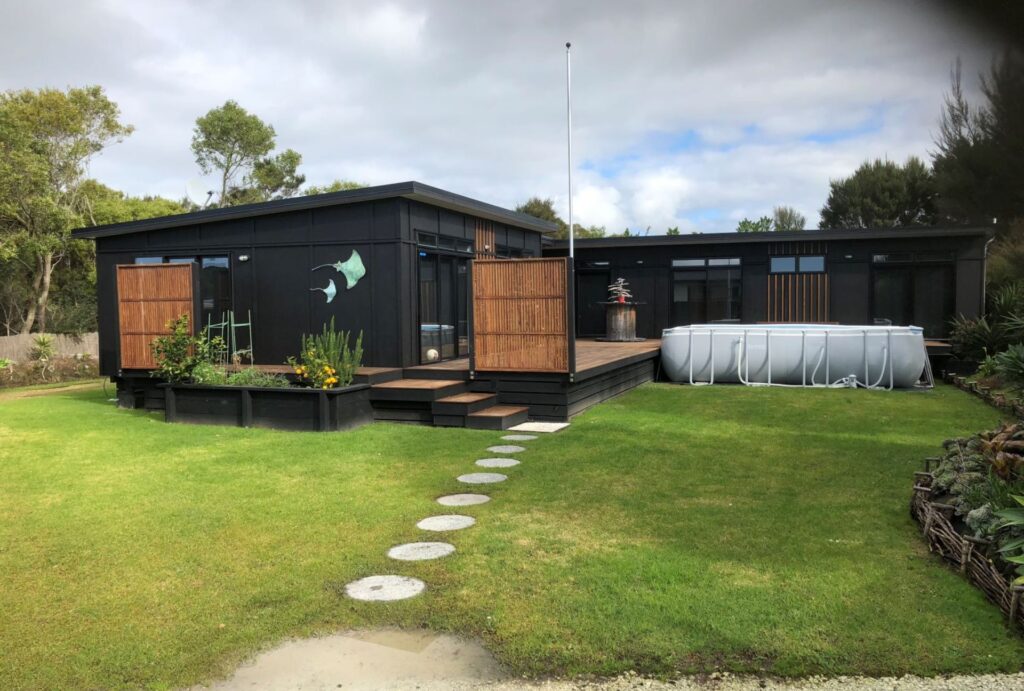
The Process Of Buying A Transportable Home
Purchasing a transportable home in New Zealand is an exciting journey, offering you the chance to create a modern, flexible living space tailored to your needs. However, it’s essential to follow a clear and well-thought-out process to ensure everything runs smoothly from start to finish. Below, we break down the five key steps involved in buying a transportable home, so you can make informed decisions and avoid any unnecessary hurdles.
Step 1: Research And Choose A Reliable Provider
The first step in buying a transportable home is finding a trusted provider. Start by researching companies in New Zealand that specialize in transportable homes. Look for providers with a solid reputation, positive customer reviews, and experience in delivering high-quality homes. Check if they comply with NZ’s building standards and if they offer warranties for their products. You might also want to visit show homes or speak to past clients to get a sense of the craftsmanship and customer service. Choosing the right provider is critical, as it sets the foundation for the entire process.
Step 2: Select A Design (Standard Plans Vs. Custom Builds)
Once you’ve chosen a provider, the next step is selecting the design of your transportable home. Most companies offer a variety of standard plans, which are pre-designed and often more cost-effective. These plans usually cater to a range of needs, from compact single-bedroom options to spacious family homes.
Alternatively, if you have specific requirements or a unique vision, many providers offer custom-build options. Custom designs give you the freedom to tailor the layout, finishes, and features to your personal preferences. Be sure to weigh the pros and cons of standard plans versus custom builds, considering your budget, timeline, and lifestyle needs.
Step 3: Arrange Financing And Permissions
After finalizing the design, it’s time to sort out the financial and legal aspects. Many banks and lenders in NZ offer financing options for transportable homes, but it’s essential to compare interest rates and terms to find the best deal. If you’re unsure, consulting a mortgage advisor can help clarify your options.
In addition to financing, you’ll need to obtain building consents and any other necessary permissions from your local council. Each region may have specific requirements regarding the transportation and installation of transportable homes, so be sure to work closely with your provider to meet these regulations. Securing permissions early in the process will save you time and prevent any legal issues down the road.
Step 4: Build And Inspect The Home Before Transportation
With financing and permissions in place, construction of your transportable home can begin. One of the biggest advantages of transportable homes is that they are built in a controlled, off-site environment, ensuring efficiency and high-quality standards. During this phase, keep in close communication with your provider and request regular updates on the progress.
Before your home is transported, it’s crucial to conduct a thorough inspection. Walk through the home to ensure it meets the agreed-upon specifications and that there are no defects. This step is vital, as fixing any issues after transportation can be more complicated and costly.
Step 5: Transportation, Installation, And Final Setup
The final step is transporting your home to its designated site and completing the installation. Your provider will typically handle the logistics of moving the home, including hiring specialized transport companies. Depending on the size of your home and the distance to your site, transportation may take a day or more.
Once the home arrives, it will be installed on a prepared foundation. This step involves connecting utilities such as electricity, water, and sewage. After installation, a final inspection will ensure everything is set up correctly and ready for occupancy. Once these tasks are complete, you can move in and start enjoying your new home!
Buying a transportable home in New Zealand is a straightforward process if you follow these steps with careful planning and attention to detail. From selecting the right provider to ensuring your home is built and installed to your satisfaction, each stage plays a crucial role in achieving your dream of owning a high-quality, flexible home. With the right preparation, you’ll soon have a beautiful transportable home that perfectly suits your lifestyle.
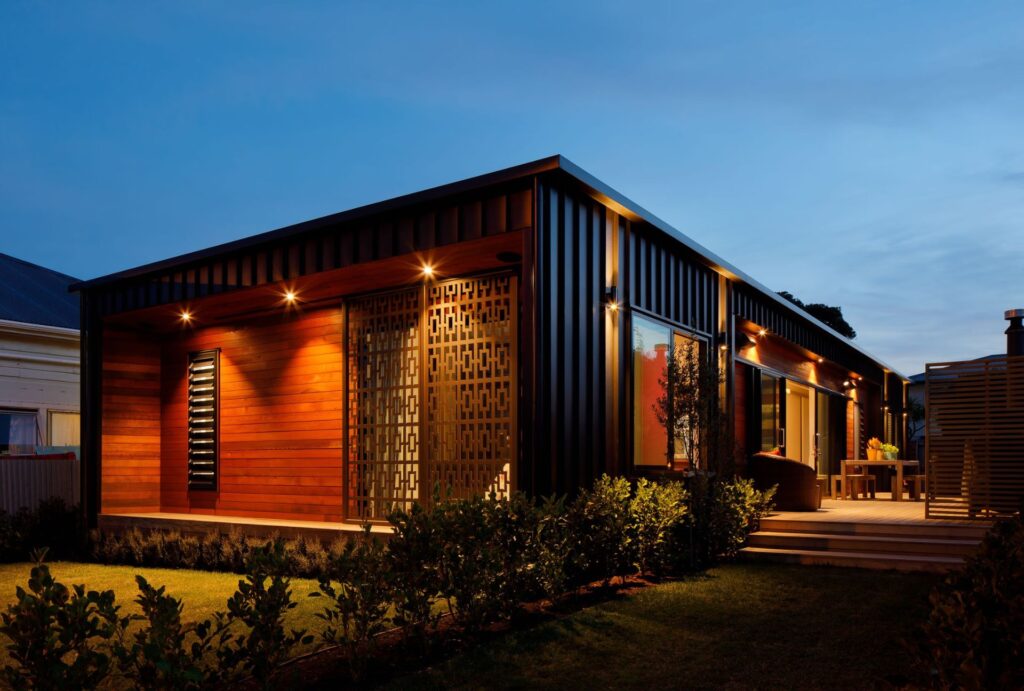
Pros And Cons Of Transportable Homes
Transportable homes are becoming a popular choice for many New Zealanders due to their affordability, flexibility, and practicality. However, like any housing solution, they come with their own set of advantages and challenges. Below, we delve into the pros and cons of transportable homes in NZ, providing you with a balanced perspective to help you decide if this option is right for you.
Pros Of Transportable Homes
- Cost-Effective
Transportable homes are significantly more affordable than traditional houses. Since they are constructed off-site in controlled environments, manufacturers save on materials and labor costs, which translates into savings for homeowners. Additionally, the streamlined building process eliminates many unforeseen expenses often encountered in conventional builds. - Sustainable Housing Solution
Sustainability is a key advantage of transportable homes. Many providers use eco-friendly materials and energy-efficient designs, reducing the environmental impact. The off-site construction process also minimizes waste, as materials are optimized, and recycling is more manageable in factory settings. This makes transportable homes an excellent choice for environmentally conscious buyers. - Flexibility In Location
Transportable homes offer unmatched flexibility, as they can be placed in a variety of locations, from rural plots to coastal areas. Whether you’re looking to build on farmland, a remote lifestyle block, or even a temporary location, transportable homes provide the adaptability to suit New Zealand’s diverse landscapes. - Faster Construction Times
One of the biggest benefits of transportable homes is the speed of construction. While traditional builds can take a year or more, transportable homes are typically completed within 8 to 16 weeks. This faster timeline is ideal for those who need housing quickly or want to avoid lengthy construction delays. - Tailored For NZ’s Lifestyle And Landscapes
Transportable homes are designed to fit the unique needs of New Zealand homeowners. Providers often offer customizable options to suit the Kiwi lifestyle, including open-plan layouts, energy-efficient features, and durability to withstand the country’s weather conditions. Whether you’re building in a remote area or on challenging terrain, transportable homes are built to handle it.
Cons Of Transportable Homes
- Potential Site Access Issues
Transporting a home to its final location can sometimes be challenging. Sites that are difficult to access, such as those with steep terrain or narrow roads, may require additional planning and costs. Specialized equipment may also be needed to ensure safe delivery, which could add to the overall expense. - Limited Size For Transportation
The size of transportable homes is often restricted by transportation regulations. Roads, bridges, and other infrastructure may limit the dimensions of the house, which means larger homes may need to be constructed in smaller modules and assembled on-site. This can add complexity to the installation process. - Restrictions In Urban Areas
Urban councils may impose restrictions or zoning requirements that limit the placement of transportable homes. These regulations can vary widely depending on the region, and some areas may have stricter rules about aesthetics or compliance with neighborhood standards. It’s essential to check with your local council before committing to a transportable home in an urban location.
Transportable homes offer an innovative, cost-effective solution for modern living in New Zealand, but they aren’t without their challenges. By understanding the pros, such as affordability, sustainability, and flexibility, alongside the cons, like site access issues and urban restrictions, you can make an informed decision about whether a transportable home aligns with your needs. For Kiwis seeking a practical, eco-friendly housing option tailored to their lifestyle, transportable homes are undoubtedly worth considering.
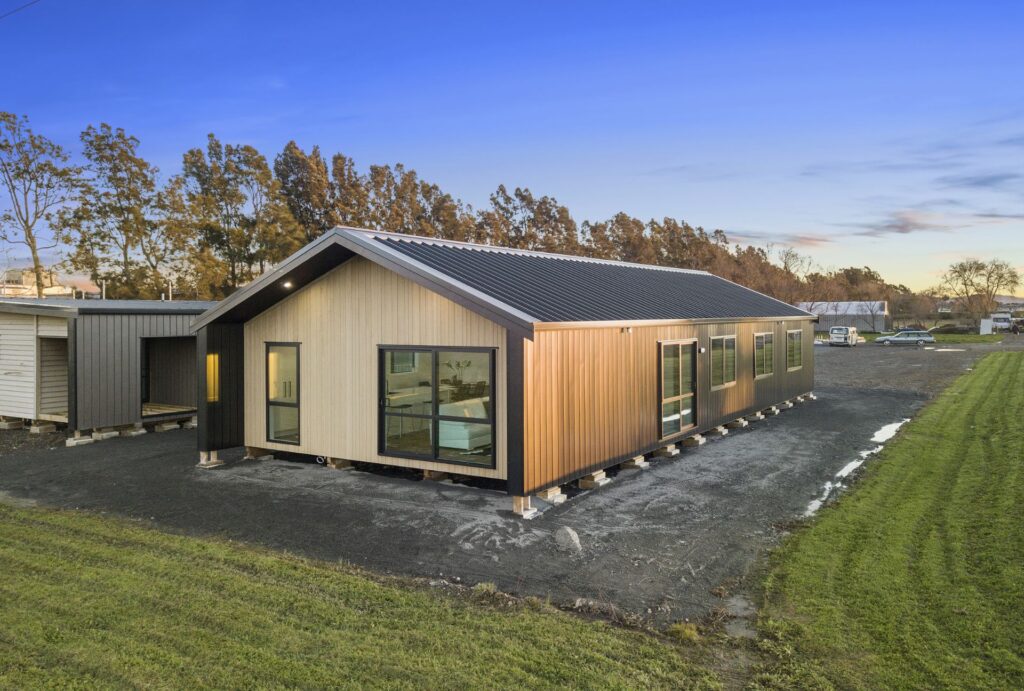
FAQs: About The Transportable Homes NZ
Conclusion
Transportable homes in NZ are rapidly growing in popularity, offering an affordable, flexible, and sustainable solution for modern living. Whether you’re seeking a cozy retreat, a family home, or a stylish alternative to traditional housing, transportable homes cater to diverse needs with their customizable designs and efficient construction process. With benefits like faster build times, reduced costs, and the ability to place them in various locations, these homes are transforming how Kiwis approach home ownership. If you’re considering a transportable home, now is the perfect time to explore your options—visit reputable providers, browse through available designs, or consult with professionals to ensure the perfect fit for your lifestyle and budget. By taking the first step today, you can move closer to enjoying a comfortable, practical, and future-ready home that suits your needs.
Find A Professional Tiny Homes Company Near You!
- Tiny Homes Auckland
- Relocatable Homes Auckland
- Prefab Homes Auckland
- Portable Cabins & Cottages Auckland
- Modular Homes Auckland
- Relocatable Homes Christchurch
- Portable Cabins & Cottages Christchurch
- Modular Homes Christchurch
- Prefab Homes Christchurch
- Tiny Homes Wellington
About the Author:
Mike Veail is a recognized digital marketing expert with over 6 years of experience in helping tradespeople and small businesses thrive online. A former quantity surveyor, Mike combines deep industry knowledge with hands-on expertise in SEO and Google Ads. His marketing strategies are tailored to the specific needs of the trades sector, helping businesses increase visibility and generate more leads through proven, ethical methods.
Mike has successfully partnered with numerous companies, establishing a track record of delivering measurable results. His work has been featured across various platforms that showcase his expertise in lead generation and online marketing for the trades sector.
Learn more about Mike's experience and services at https://theleadguy.online or follow him on social media:

